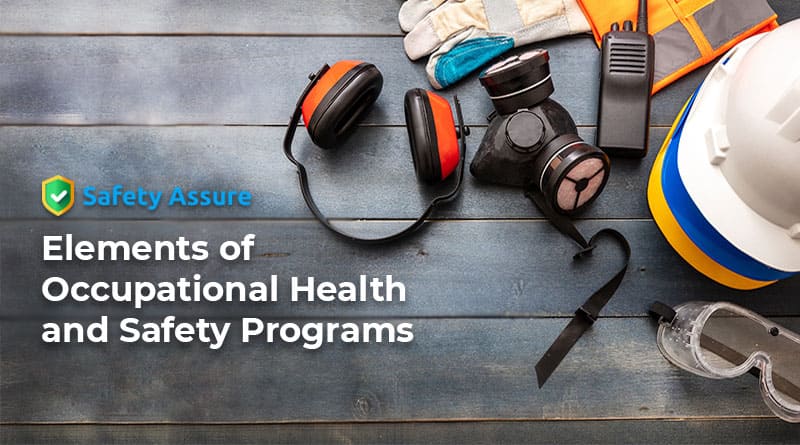What is Occupational Health?
Occupational health is concerned with promoting and maintaining the highest level of physical, mental, and social well-being of workers in all occupations.
The occupational health and safety (OHS) is a term that has been used for many years to describe the work-related health and safety. OHS is the set of policies, processes, and practices that are designed to protect workers from occupational hazards.
Key Information:
- The type of occupational health service an employer provides depends on the risk profile of the workplace, specific legal requirements, and available resources.
- An occupational health service includes the services of physicians, nurses, technicians, and hygienists, as well as specialists in specific areas, such as audiometrists.
- Typical services provided by the occupational health include pre-employment screening, health surveillance, return-to-work rehabilitation programmes, sick leave management, counselling, risk assessment (general and personal), health education and promotion campaigns, treatment services, and administration of first aid and immunisation programmes.
- There are minimum standards for the qualification and registration of occupational health physicians and nurses, as well as specialists such as audiometricians.
- General health assessment evaluates a person’s fitness to perform general or specific job-related tasks.
- Health surveillance involves monitoring a person’s health to ensure that he or she is fit for a job that exposes him or her to a specific type of health hazard and to track his or her health over time while working with that hazard.
- Following health surveillance, health records must be maintained. These records contain personal information about the individual and his or her work, and may include a physician’s conclusions after a test or evaluation. These records generally must be kept for as long as the worker in question is under health surveillance; national regulations may specify a specific period
- Occupational health services often collect data on illness and absenteeism to develop occupational health strategies and goals.
Major areas of occupational health & Safety (OHS)
In general, occupational health and safety refers to the prevention of work-related injuries and illnesses. It includes efforts to identify and eliminate hazards in the workplace, to train employees in safe practices, and to provide medical and other support when injuries or illnesses occur.
Some of the major areas of occupational health and safety include:
- Hazard identification and assessment
- Hazard control and prevention
- First aid and CPR
- Work-related injury and illness prevention
- Work-related safety and health management
- Occupational health and safety training
